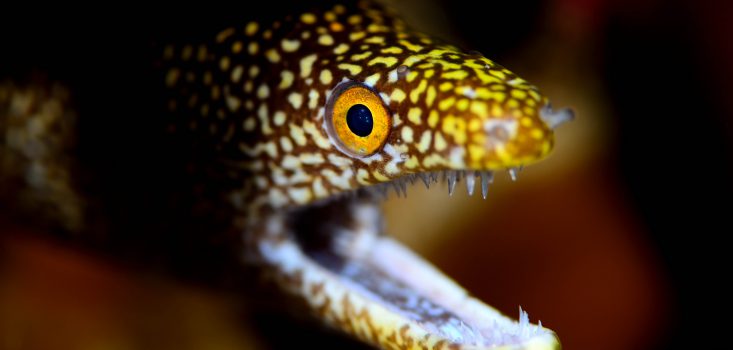Like many isolated oceanic island, the waters around Easter Island are particularly vulnerable to the onslaught of illegal fishing activity. Local fishermen have long reported seeing, what they believe to be, fishing vessel lights in their waters at night; buoys and long line nets, not used by Rapa Nui fishermen frequently wash ashore. Keen to help the Rapa Nui protect their waters, the Bertarelli Foundation has partnered with the Pew Charitable Trusts to support a local grass-roots campaign on the island.
An analysis commissioned by Pew and the Bertarelli Foundation found Easter Island’s waters to be one of the most unique marine environments in the world. One hundred forty-nine species found here are found nowhere else on earth — that’s more than on the Galapagos Islands. And 27 species listed on the International Union for Conservation of Nature (IUCN) Red List are found there, including the critically endangered southern bluefin tuna.
A supporting economic study found that the ocean, and fishing specifically, is an important component of the island’s economy and is a key supporting factor for tourism. fishing data also suggests that recent decades have seen a drop in catch rates, particularly among key local species such as yellowfin tuna and the Easter Island spiny lobster.
Dona Bertarelli, Co-Chair of the Bertarelli Foundation said:
“I have seen for myself how the world’s oceans are under threat and how important it is that we all do what we can to protect them. Having met the Rapa Nui and seen the beauty of Easter Island I am so delighted that the dream of a reserve has come true. This is a vital moment in global marine conservation. Not only does it significantly increase the extent of our protected oceans, but it is also an example to the world of what we can achieve with ambition, with cooperation, and with hard work.”




